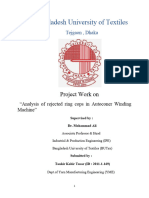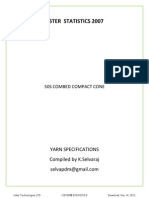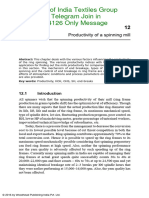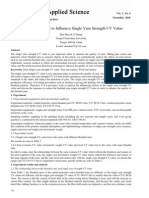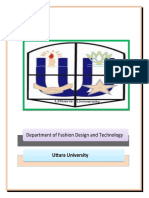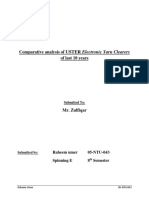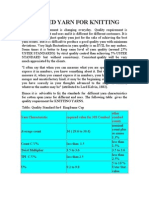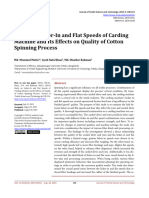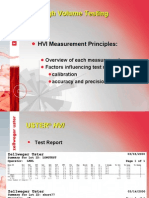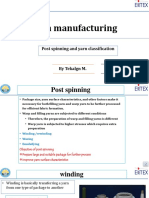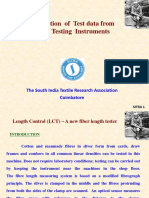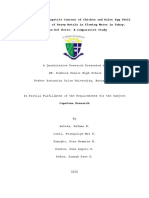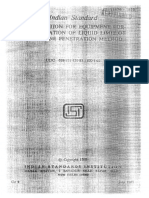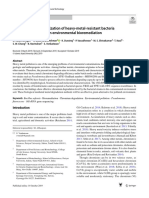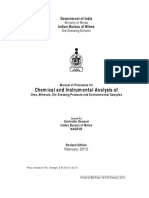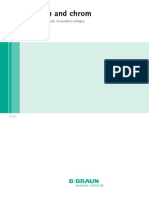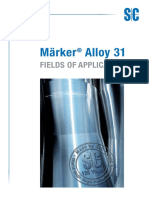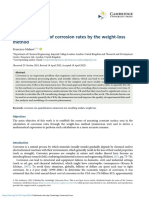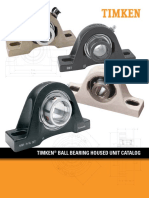0% found this document useful (0 votes)
342 views73 pagesYarn Quality & Chromium Control
The document discusses yarn testing and analysis. It includes:
1) Results from a Tenso-jet test of a 60s combed yarn, including breaking force, elongation and other metrics.
2) Percentile values for yarn elongation and warp/weft breaks for different yarn samples during weaving.
3) The relationship between fibre elongation, yarn irregularity and yarn elongation.
4) Factors that influence yarn elongation such as fibre parameters, yarn parameters and process parameters.
Uploaded by
nagarajuCopyright
© © All Rights Reserved
We take content rights seriously. If you suspect this is your content, claim it here.
Available Formats
Download as PDF, TXT or read online on Scribd
0% found this document useful (0 votes)
342 views73 pagesYarn Quality & Chromium Control
The document discusses yarn testing and analysis. It includes:
1) Results from a Tenso-jet test of a 60s combed yarn, including breaking force, elongation and other metrics.
2) Percentile values for yarn elongation and warp/weft breaks for different yarn samples during weaving.
3) The relationship between fibre elongation, yarn irregularity and yarn elongation.
4) Factors that influence yarn elongation such as fibre parameters, yarn parameters and process parameters.
Uploaded by
nagarajuCopyright
© © All Rights Reserved
We take content rights seriously. If you suspect this is your content, claim it here.
Available Formats
Download as PDF, TXT or read online on Scribd
/ 73
